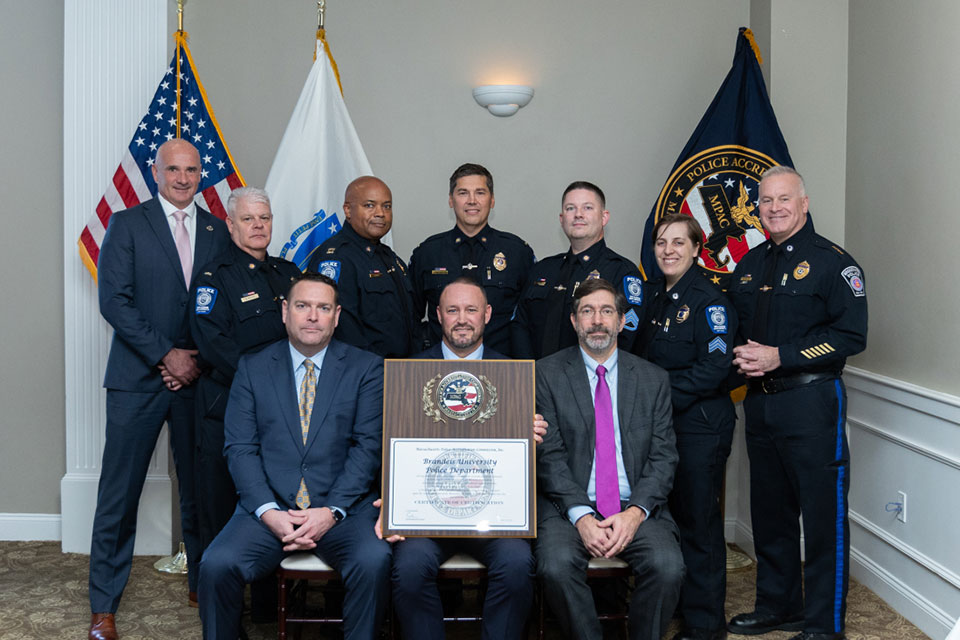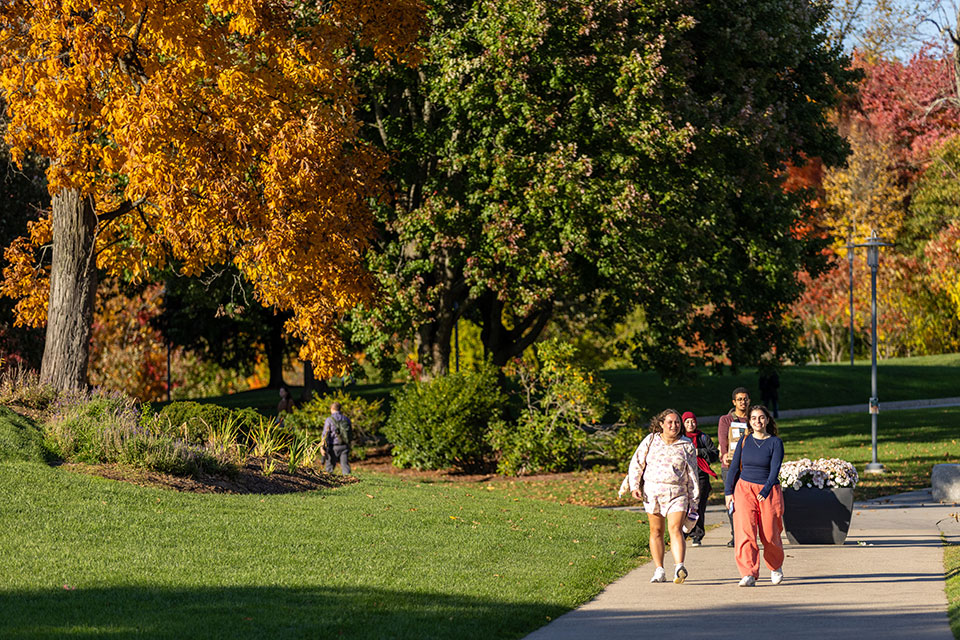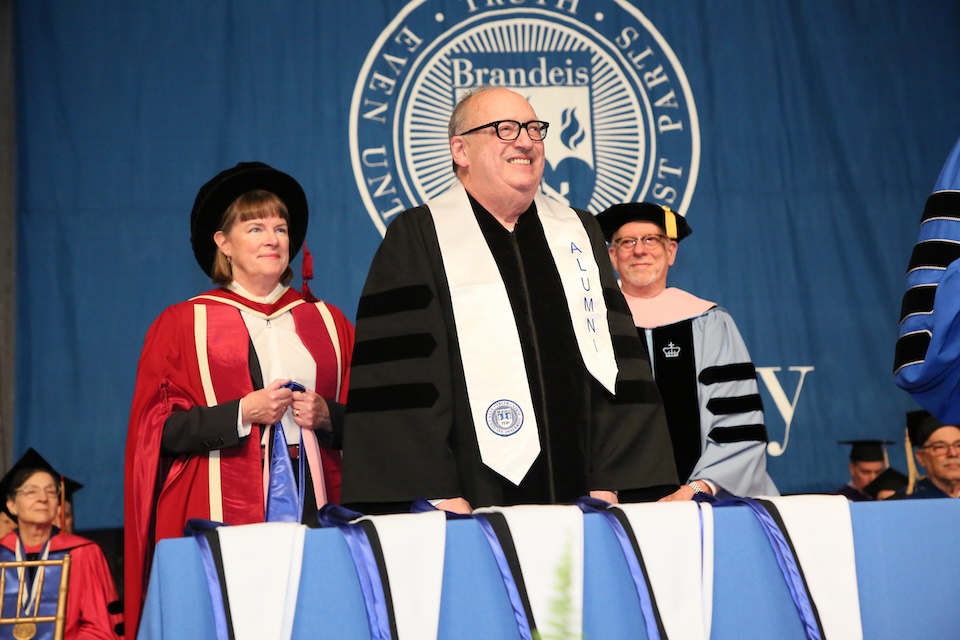Documentary highlights immigrants who make the Kentucky Derby run
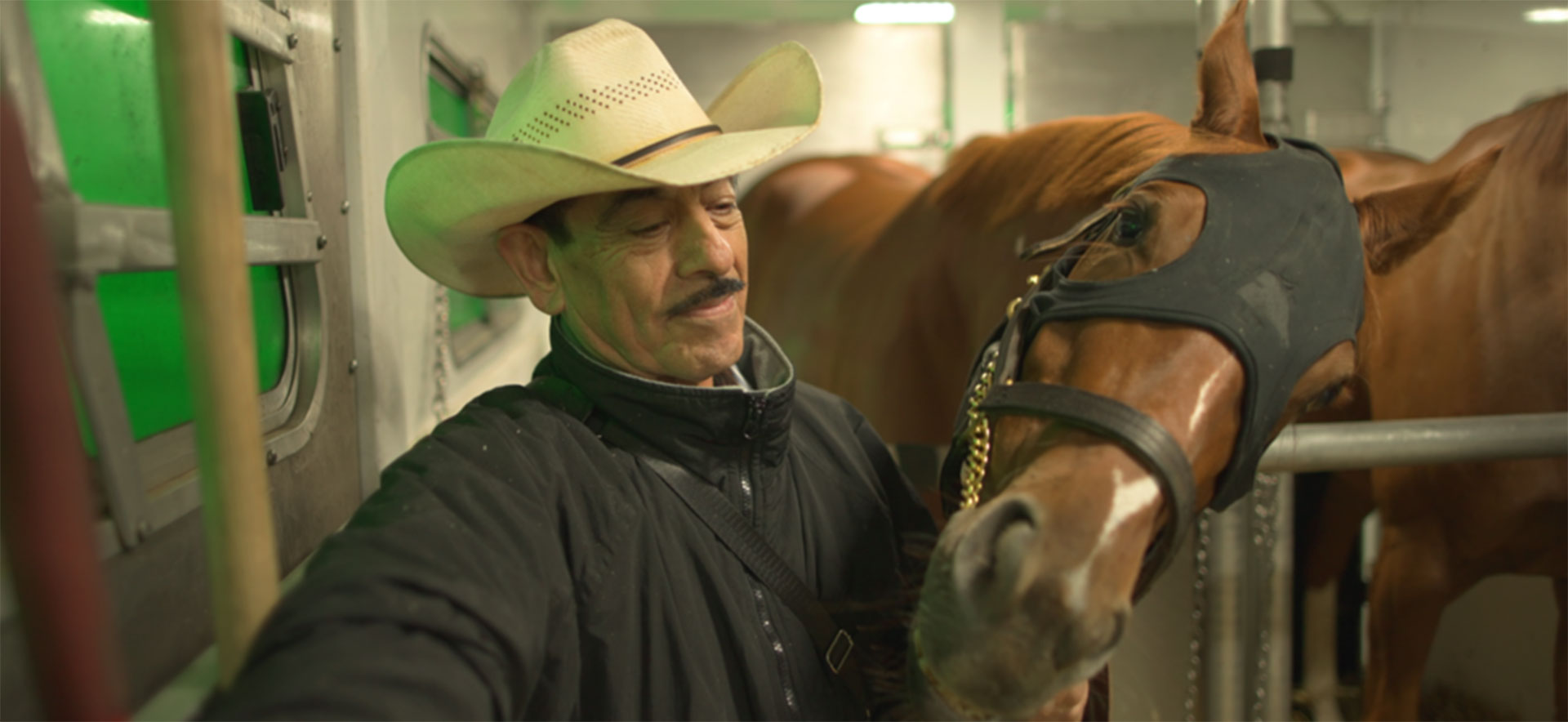
By Julian Cardillo ’14
Photography by ITVS and Susan Norget Film Promotion
October 15, 2025
Millions watch the Kentucky Derby each year on television. At the event itself, attendees handicap prized stallions; sip mint juleps in old-fashioned glasses; and admire jockeys clad in brightly-colored silks. Outside the Bluegrass State, guests attend swanky Derby parties donning elegant hats and dapper attire.
Yet, after more than 150 years of the annual thoroughbred race, there is little public understanding of what makes the Derby possible. “Backside,” a documentary produced by anthropology professor, ethnographer and filmmaker Patricia Alvarez Astacio, along with director Raúl O. Paz Pastrana, aims to set the record straight.
The film tells the stories of migrants who work, literally, at the backside of Churchill Downs, far away from the cameras, festivities and glamour most people associate with the race.
“We went in wanting to highlight people who are usually invisible,” explained Alvarez Astacio. “There’s no Derby without them.”
But it’s precarious labor with financial, social and sometimes, immigration uncertainties. “We wanted to make people aware of these problems without making the film only about that,” she said.
“We portrayed them as well-rounded people building their lives, who care deeply about a difficult, low-paid, sometimes dangerous job.”
The Latine workers who make the racetrack run are the film’s central figures. They care for the racehorses seven days a week, grooming, feeding and even soothing them over long hours. Though the job is grueling, the workers forge deep bonds with the animals in their care.
“One of the other producers and I felt strongly about highlighting the relationships between workers and horses,” Alvarez Astacio said. “We didn’t want the horses to appear merely as objects of labor but to show the beauty and meaning in those relationships between human and animal.”
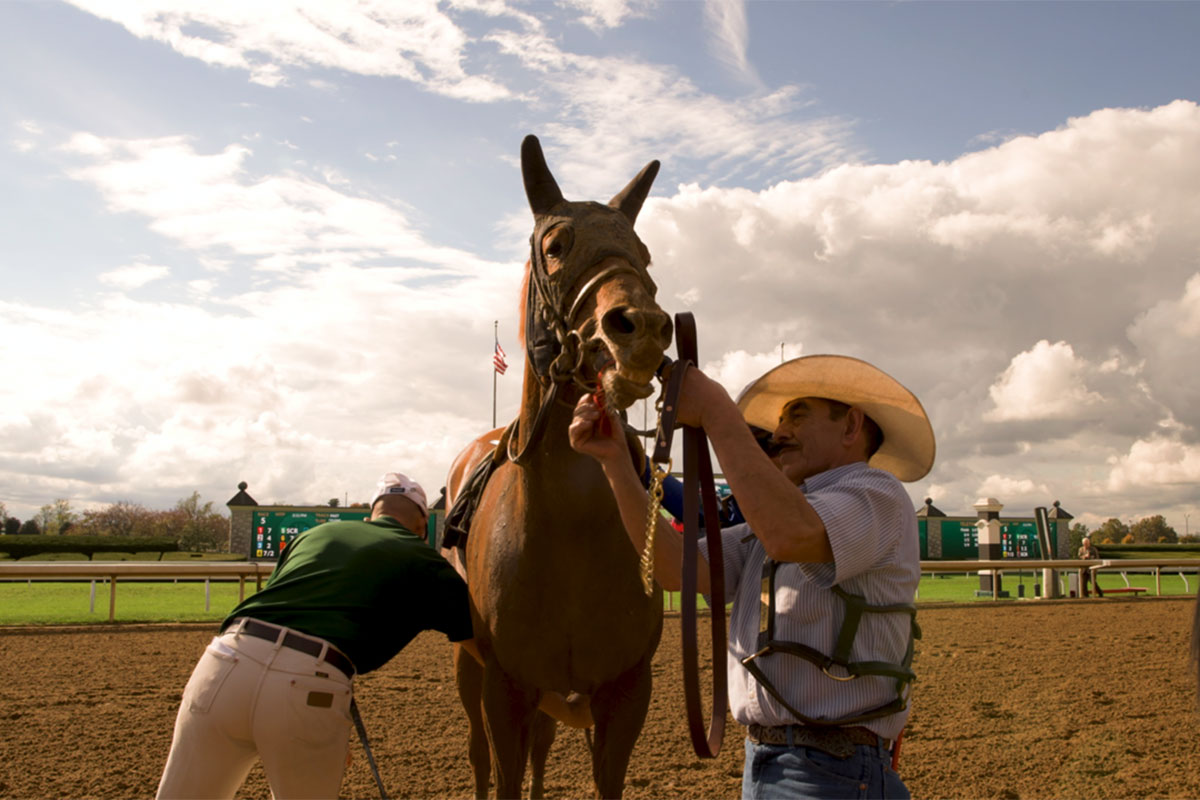
Alvarez Astacio assisted with research, securing production funds, camera work and sound recording. She also conducted interviews and assisted in the editing room, providing her perspective as an ethnographer.
“Backside,” premiered at the Tribeca Film Festival in June and continues to travel the world on the festival circuit. The film will be broadcast through Independent Lens on PBS in 2026.
The documentary’s production was overseen by an almost entirely Latino production team, which Alvarez Astacio believes helped the story.
“This matters because our diverse backgrounds helped us build particular relationships, understanding and responsibilities with each other and our subjects,” she said. “It was crucial for access, rapport and telling the story.”
“Our diverse backgrounds helped us build particular relationships, understanding and responsibilities with each other and our subjects. It was crucial for access, rapport and telling the story.”
Patricia Alvarez Astacio
Alvarez Astacio hopes viewers will take away two things from the film.
“First, the American experience has always been immigrant — not just the European ‘melting pot’ narrative but immigrants of color, enslaved people, Latinos, Indigenous peoples” she said.
“I’m Puerto Rican; the U.S. has had territories with American citizens for over a century. We’ve always contributed to this country and to these events, even when not imagined as part of them.”
“Second,” she added, “In today’s polarized climate, narratives about migrants are often narrow on both sides. By creating a different kind of story about migrant work, we hope to push beyond echo chambers and offer a broader understanding of migration — who these communities are, what they do, and how they live their lives. At this moment it’s more important than ever to have expansive, nuanced stories about migrant workers and their contributions.”
Alvarez Astacio’s work spans ethnography, critical theory and the documentary arts. She examines how aesthetics, labor and politics intersect in global supply chains, ethical fashion and marginalized communities, helping students see these issues in the classroom through the lens of film.
“Using film isn’t just about teaching content. It’s also about helping students become more critical, attentive viewers — more aware of what they’re consuming, its subtext and how angles, edits or what’s out of frame are part of the story,” she said. “That’s extremely important today with deepfakes, AI and so on.”
Film makes abstract concepts and theory concrete, Alvarez Astacio said.
